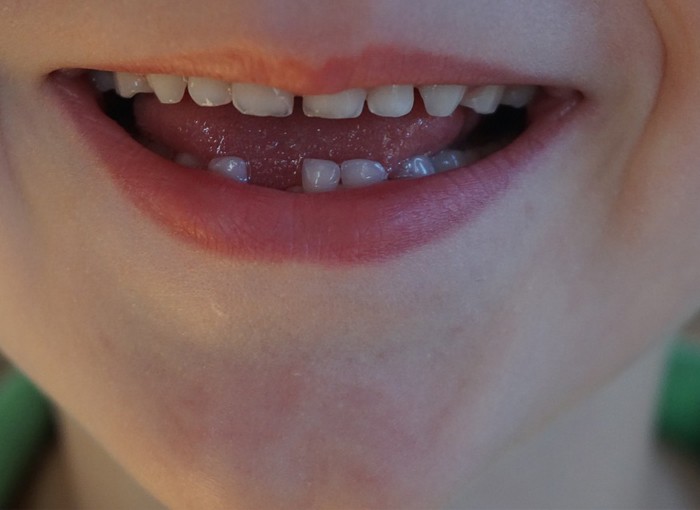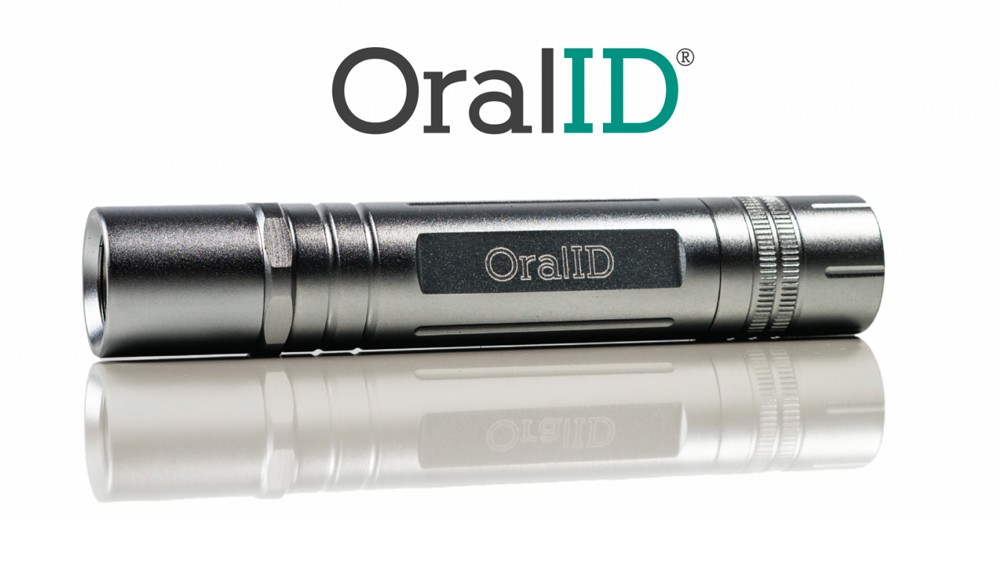We all know how scary and traumatic losing a tooth can be. However, if a lost, broken or decayed tooth is unable to get fixed with dental fillings, root canal or other treatment, a dental extraction procedure something that comes into the picture. Tooth extractions also play an important role when your primary teeth fail to fall out on their own and wisdom teeth get impacted. Dental extraction is the process of removing teeth that are visible in the mouth. Surgical tooth extractions have proven to be quite complex as they involve making an incision into the gum tissue.
How to make yourself prepare
Our dentists will start by performing x-rays. A full panoramic x-ray is conducted to identify the position of all internal structures that could be affected by the surgery. Based on your medical conditions, our dentists will recommend antibiotics to be taken before or after the surgery. It is advisable not to smoke on the day of surgery. Also, keep your dentist informed if you are sick with gastrointestinal disorders or cold. Keep a note of following these pre-surgery instructions carefully.
Pain management during surgery
Some dentists go for a simple extraction process using a local anesthetic. For patients who are anxious or nervous, oral sedation is generally recommended. Surgical extractions may require general anesthesia or deep sedation. If the pain is still observed during the process, it is advisable to inform your dentist about the same.
What to expect after the surgery
Patients are seen experiencing mild discomfort. Our dentist recommends taking pain medications. Some patients have also reported bleeding. Use ice packs to relieve pain and swelling. Using a straw is not recommended at least within the first 24 hours of the extraction process. This eventually shifts the fresh blood clot and results in a painful condition, also known as dry socket. Use of medicated dressing help relieve dry socket symptoms.
When is a tooth extraction helpful?
There are situations where tooth extraction may be highly useful. Some of them are:
- A tooth that is severely damaged via decay or trauma can no longer be repaired using restorative procedures. A damaged tooth result in unbearable pain which is only resolved using dental extraction process.
- If you have a crowded mouth, your dentist may pull out teeth to ensure proper alignment of teeth when they no longer fit well inside the mouth.
- Wisdom tooth must be removed if they exhibit an abnormal growth or if it’s impacted.
- Tooth infection results when tooth decay extends to the pulp area. When bacteria reach the pulp area, infection may worsen. In this scenario, tooth extraction or RCT (Root Canal Treatment) is the only solution that comes in handy. It helps to prevent the spread of infection.
- Gum disease causes infection in the gums, tissues, and bones that surround the teeth. To prevent the condition from getting worsened, tooth extraction is generally recommended.
- Tooth extraction is also recommended for aesthetic purpose. Some individuals opt for tooth extraction to remove unattractive-looking teeth.
If you are experiencing symptoms of toothache, it’s definitely something to talk about. Our dentists recommend a quick treatment to prevent possible complications and save your smile. Get in touch with us today to experience pain-free treatment.
Book Appointment to find out which treatment might be best for you.





